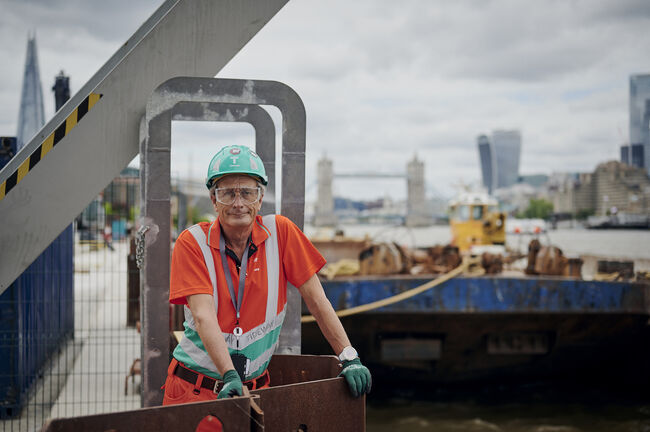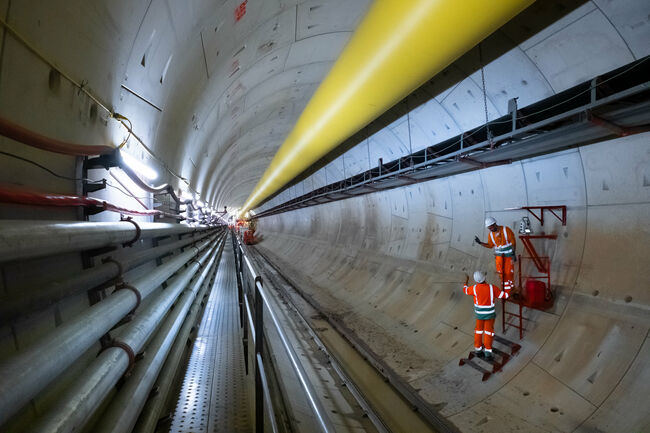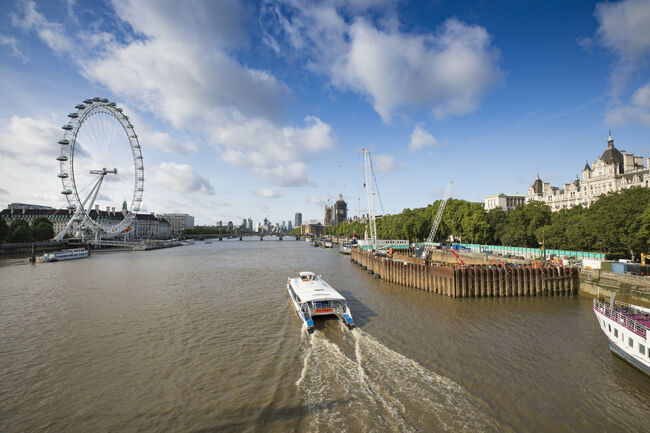Views
What is the Thames Tideway Tunnel?

Approved in 2014, the Thames Tideway Tunnel is an amazing feat of engineering that is transforming London’s sewer system for future generations. Once complete, this extraordinary 25km long tunnel will intercept, store and transfer sewage away from the River Thames to help protect the river for at least the next 120 years.
Population pressures
As one of the largest cities in the world, London’s population is set to significantly increase over the coming years. By 2160 it is estimated that the population will have grown to a huge sixteen million! As a result, all these extra residents will mean that London will produce even more waste which will require transportation and treatment. Today there are already considerable pressures on the network. Every day, nearly 9 million Londoners are relying on a sewer system that was built in the 1860s to serve just 4 million people. This is where Tideway comes in – construction of the 'super sewer’ began in 2016 and it will be complete in 2025.

How Tideway will operate
The Thames Tideway Tunnel will run roughly parallel to the Thames, connecting boroughs like Ealing with Newham. It will measure an impressive 7.2 metres in diameter, reach a depth of up to seventy metres below the ground and successfully intercept 95% of all sewage that overflows into the Thames each year. After intercepting the waste, the super sewer will then transport it to Beckton Treatment Works in East London – the largest sewage treatment works in Europe. Currently sewage flows through London’s Victorian era network to various treatment plants around the city. During periods of heavy rainfall, the system fills to capacity resulting in overflows which spill out into the river. Tideway will virtually put an end to this, and it will also be responsible for the creation of seven new public riverside spaces across London.

Where we are at now
The tunnelling phase of the project ended last year, and Tideway is still on track to begin operations in 2025. It is also worth noting that the Tideway project has always been about much more than just the tunnel itself. Amongst other things, the company has hired more than 150 apprentices, and it has also partnered with charities to encourage over 80,000 young people into STEM careers. In 2023 the impact of Tideway has clearly begun to be felt. Two months ago, the company unveiled the river-inspired ‘Loo Gardens’ subterranean installation in the tunnel. Designed as an immersive experience, Loo Gardens was a multisensory spectacle with a unique soundscape and set of aromas that featured an array of plants and flowers. As we now look ahead to 2025 and beyond there can be no doubt that the Tideway legacy will remain long lasting for many future generations.




